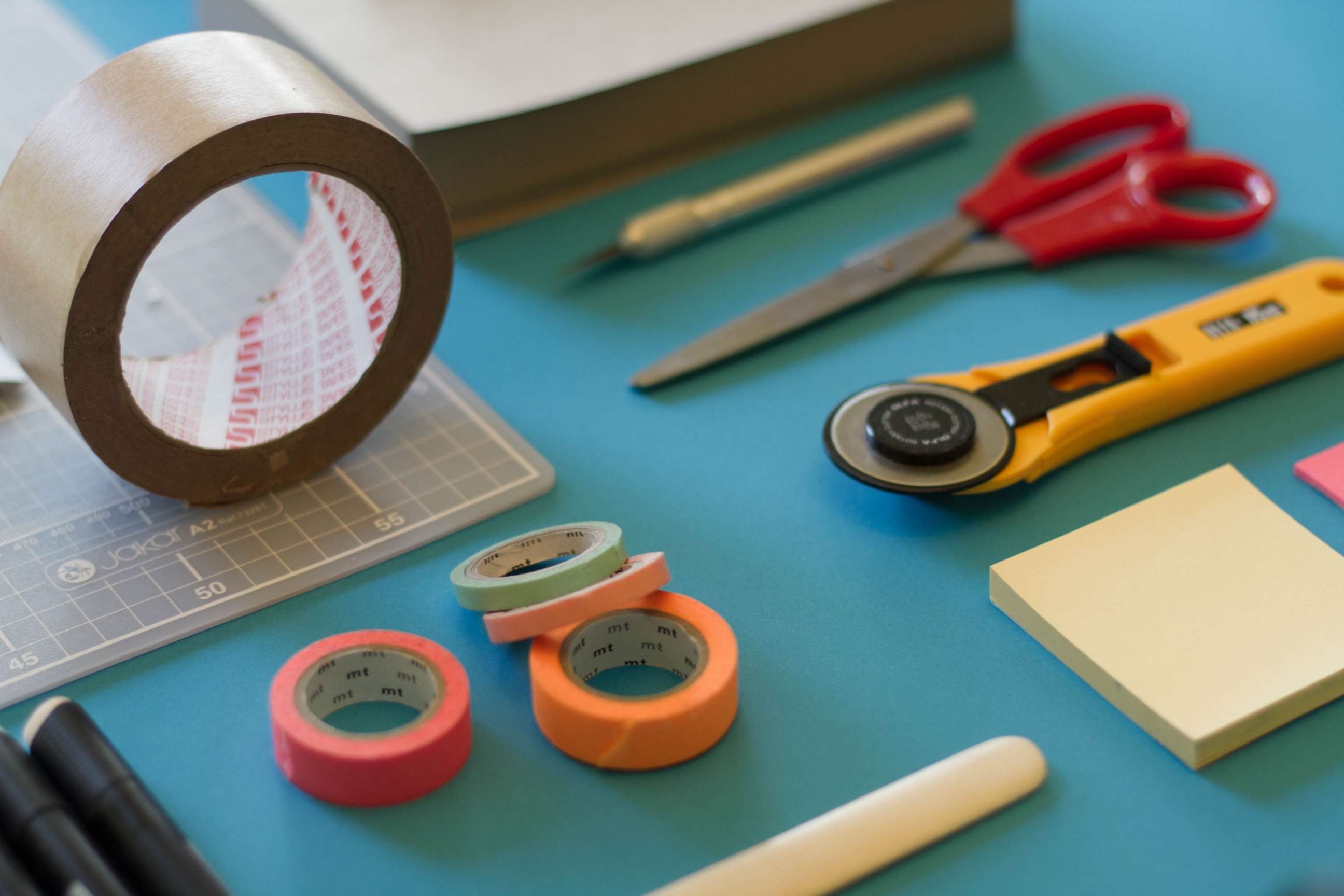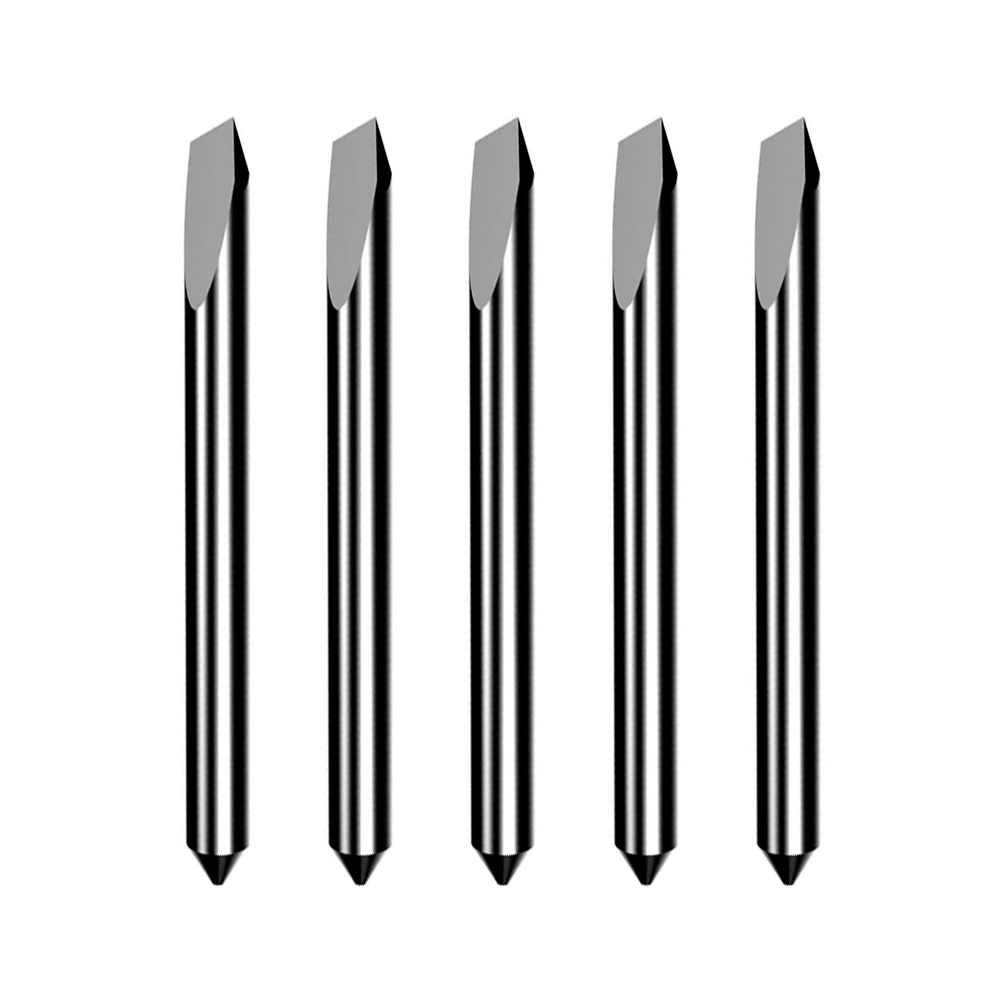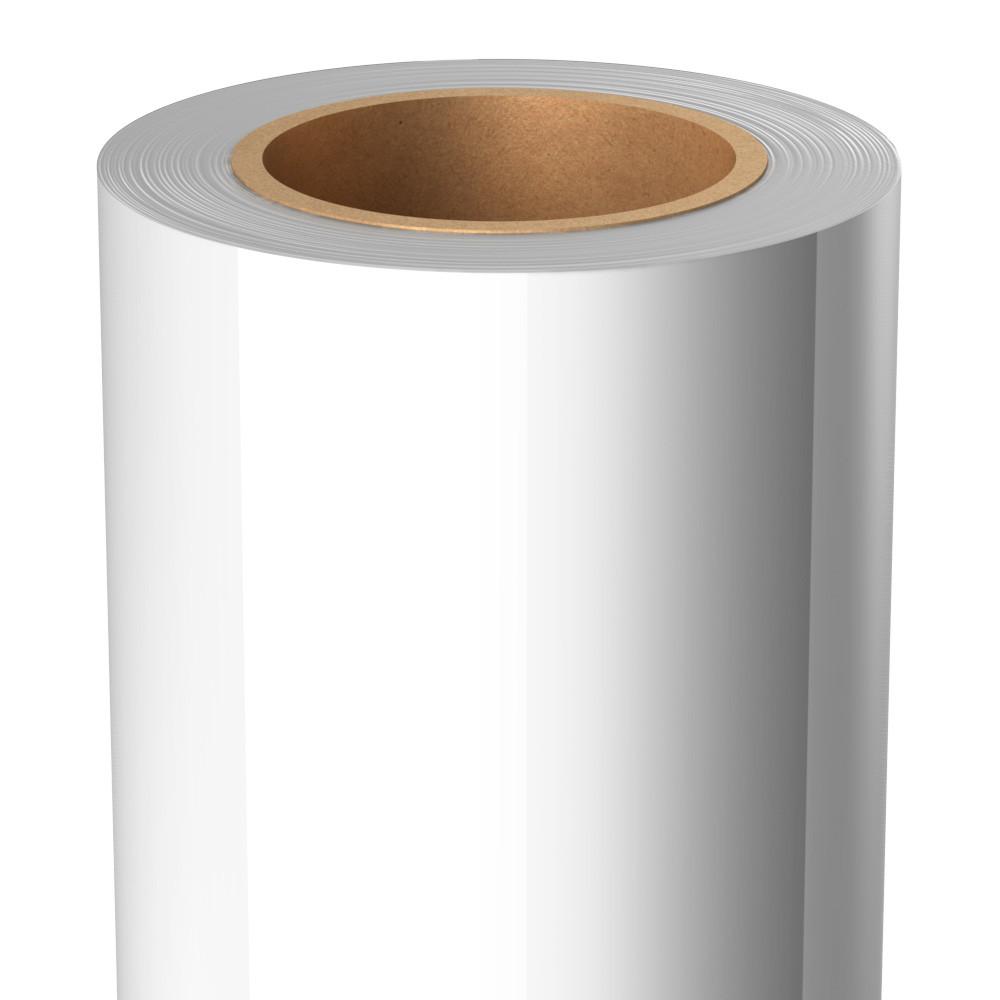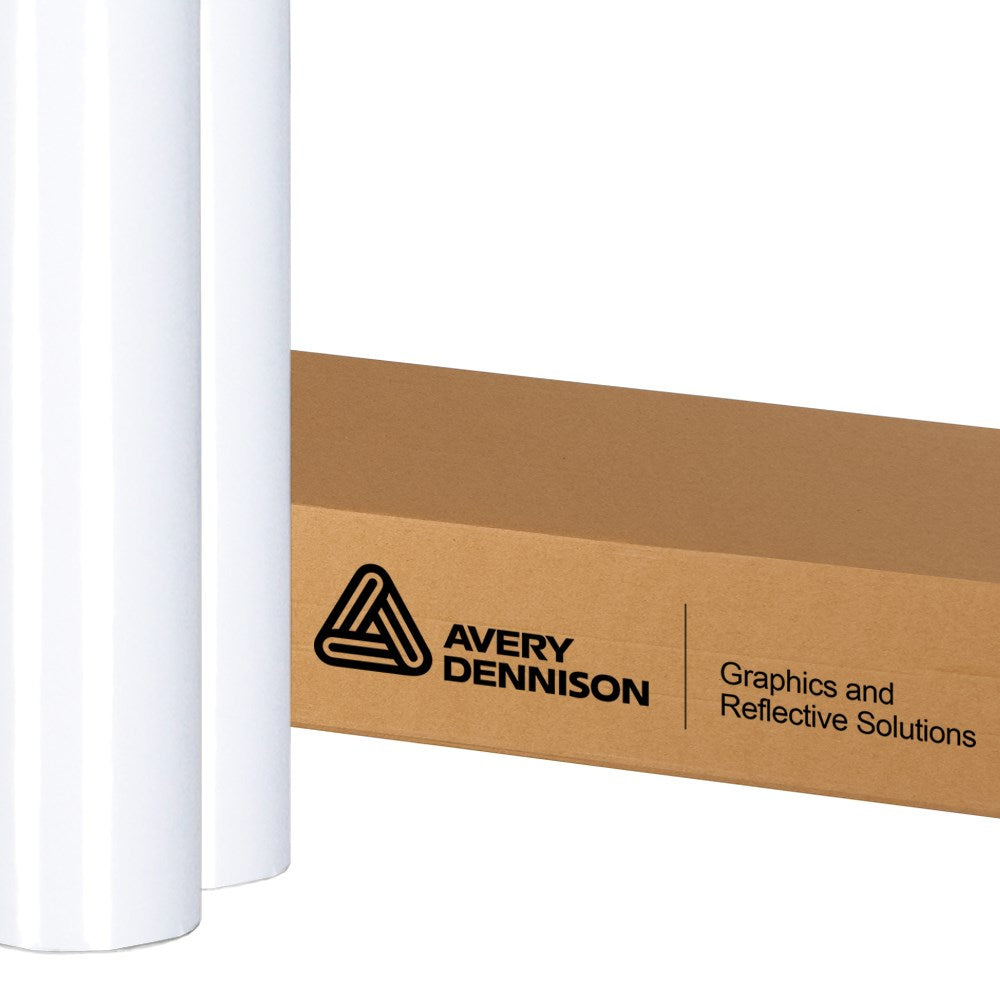If you have ever worked with adhesive vinyl before, then you know the importance of using application tape. Applying application tape to vinyl makes the entire process more efficient and precise—as any sign supply distributor can confirm. If you factor in its versatility alongside its ease and simplicity, you can see why it is such a popular tool in the world of signs, graphics, and decals.
There are quite a few questions we hear surrounding application tape, vinyl, and double-sided adhesive tape. One of the most common questions we get is whether or not application tape is the same as transfer tape–so, what is the verdict?
Application Tape Versus Transfer Tape
People are often surprised to hear that application tape is synonymous with transfer tape. They are used interchangeably to refer to the thin, clear adhesive material used to transport vinyl from backing paper to a final surface.
The process is fairly straightforward. Once a vinyl design has been cut, one end of the tape is applied to the vinyl; it is then pressed down and smoothed out. After it has been secured in place, the backing paper is removed, exposing the vinyl. The vinyl is then pressed onto the final surface, and the other side of the tape is carefully peeled off exposing the final result.
Now that you have a general rundown of how transfer tape works, let’s cover a few of its applications.
Paper Transfer Tape Versus Plastic Transfer Tape
You might be surprised to know that there are two types of transfer tape: paper and plastic transfer tape.
Paper transfer tape is made from a paper-based material that is then coated in adhesive. Unlike plastic transfer tape, paper tape is not fully transparent.
It still remains a popular choice in the industry due to the fact that it is affordable and versatile. If you have worked with vinyl in the past, then you know that the type of tack you use depends on the type of surface you are working with. Paper transfer tape comes in a variety of different tacks, ensuring that you have options to work with.
However, the versatility and price point might not be enough reason to use this tape. If you are working with multi-layered graphics or multi-colored graphics, you might have a harder time navigating the process using paper transfer tape due to the reduced transparency. In those instances, you might be better off using a plastic transfer tape.
Unlike paper transfer tape, as the name infers, plastic transfer tape is made from plastic. Often referred to as ‘clear transfer tape,’ plastic transfer tape offers more transparency than its competitor. This transparency offers an easier application process.
Unlike paper transfer tapes, plastic tapes lack the versatility paper tapes have. Plastic transfer tapes do not come in a variety of tack levels like its competitor, so these tapes can be limited in what surfaces they can be used on.
In Summary
With this in mind, it’s always best to reach out to a professional for guidance on what the best tape is for your specific needs. That’s where AirMark comes in! Reach out to us today for the best advice on exactly what materials you’ll need to make your next project a success.






